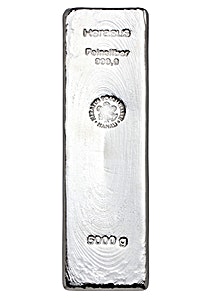BullionStar’s opening ceremony
 BulllionStar officially opened its bullion retail, showroom and vault Friday 1 August 2014 with many industry representatives being present. Guest of Honor for the opening ceremony was the Swedish charge d’affaires to Singapore Ms. Karin Öhman also helping with the ribbon cutting ceremony.Below follows a transcript from Mr. Persson’s speech from the opening ceremony together with some pictures.
BulllionStar officially opened its bullion retail, showroom and vault Friday 1 August 2014 with many industry representatives being present. Guest of Honor for the opening ceremony was the Swedish charge d’affaires to Singapore Ms. Karin Öhman also helping with the ribbon cutting ceremony.Below follows a transcript from Mr. Persson’s speech from the opening ceremony together with some pictures.Ladies & Gentleman,
I would like to thank you for your precious time attending BullionStars opening ceremony.
We are honored here today by the presence of our Guest of Honor, Ms. Karin Öhman, chargé d’affaires of Sweden to Singapore.
A special thanks to the Singaporean government and IE Singapore for your presence here today and moreover for facilitating for the bullion industry in Singapore.
I found out about Singapore’s bid to create a trading hub for precious metals in the spring of 2012 after Singapore’s finance minister, Mr. Tharman Shanmugaratnam, had announced the GST exemption for investment precious metals coming into effect 1 October 2012.
With the Asian demand for gold currently standing at 60 % of total global demand, and growing quickly, Singapore´s drive to create a hub for precious metals is well timed.
On my first research trip to Singapore in July 2012, I received the contact information to IE Singapore from a supplier of ours.






 45 New Bridge Road
45 New Bridge Road











